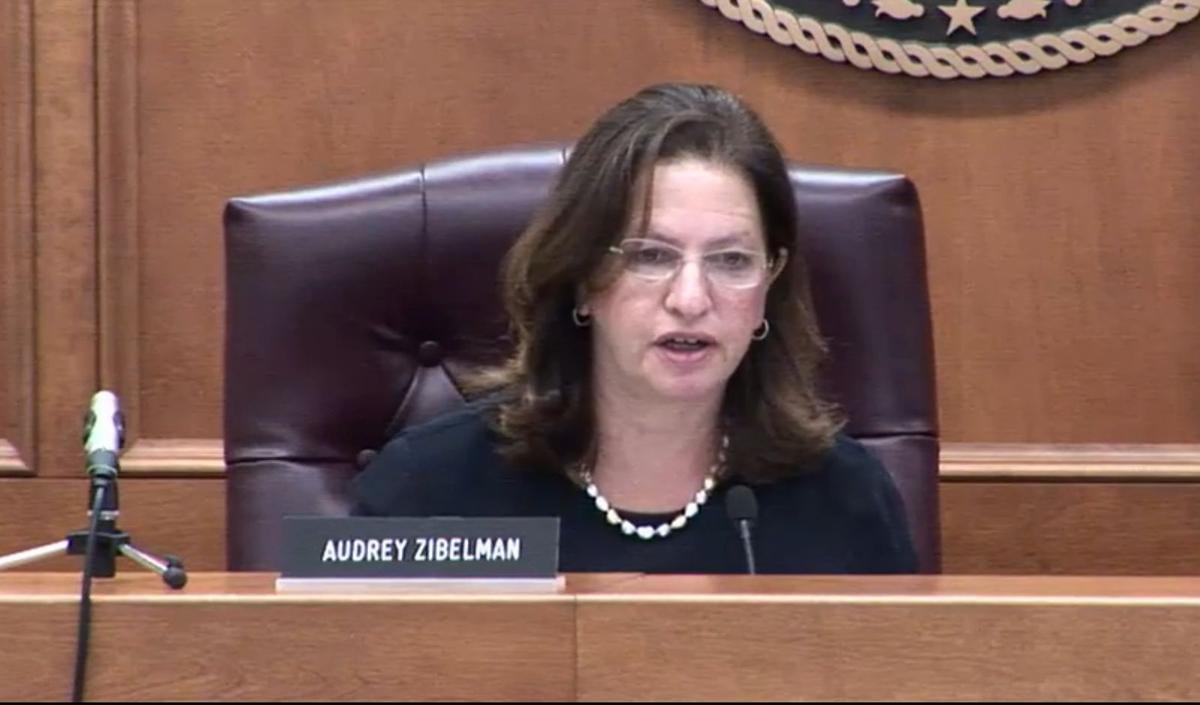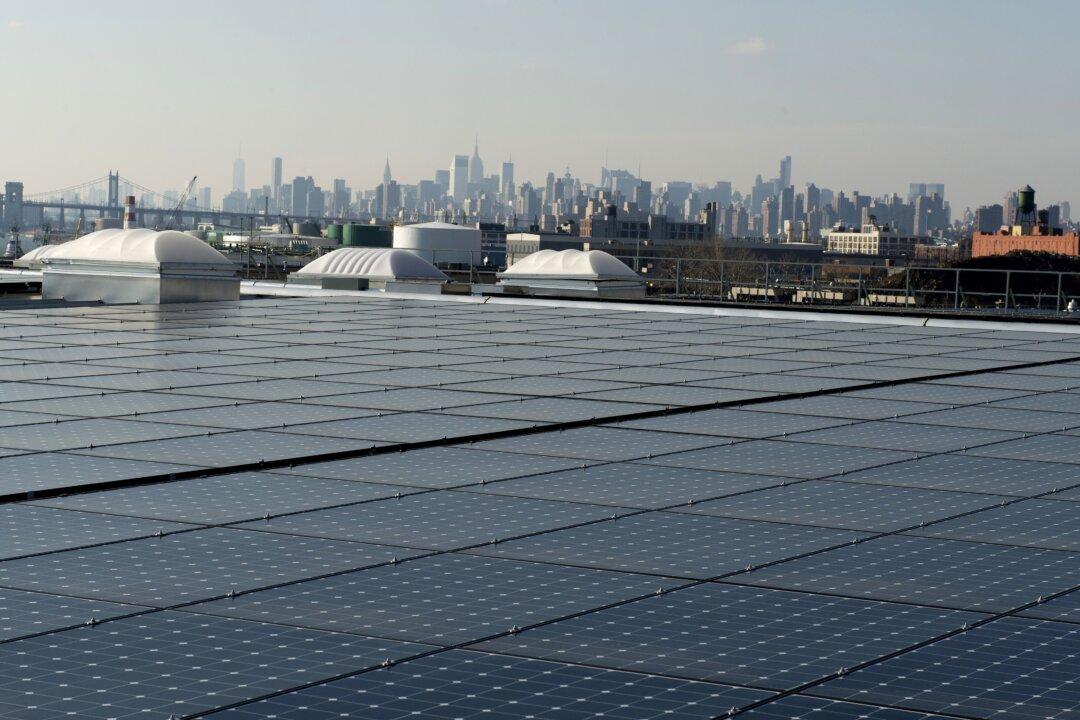The New York State Public Service Commission approved Governor Andrew Cuomo’s clean energy plan on Monday. The plan will “have a permanent impact on the energy landscape in the state,” Commission Chair Audrey Zibelman said in her opening remarks at the hearing.
The plan calls for a rapid expansion of wind and solar power, with a goal of making 50 percent of the state’s energy renewable by 2030. The commissioners acknowledged the thousands of comments they had received and the opinions voiced at hearings throughout the public discussion phase.
One of the concerns many have voiced is that the plan relies heavily on nuclear power. Cuomo has said that the state’s nuclear plants are necessary to provide zero-carbon energy, for now at least.
The plants are in need of renovations and are suffering due to competition with cheap natural gas; the FitzPatrick nuclear plant in Oswego is planning to shutter in January. But Cuomo’s energy plan includes some $1 billion in ratepayer subsidies in the first two years to get the plants in better working order and to compete with natural gas, and much more could be paid out over the 12-year life of the plan.






